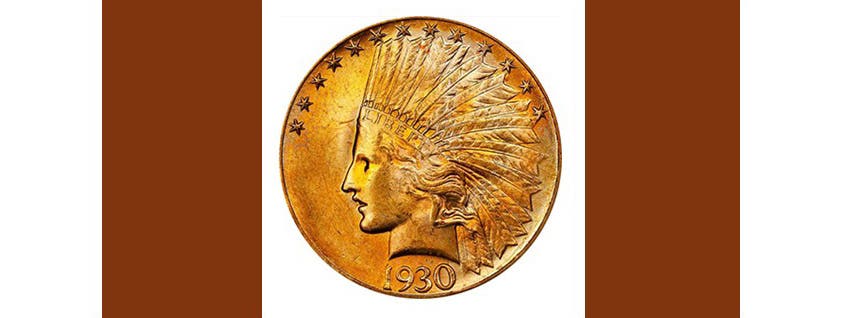Carson City Silver Dollars Possess Multiple Stories
Behind every Carson City silver dollar there is a story. In many instances, there are multiple stories. It is almost typical that the 1893-CC, while the last regular Morgan dollar…
Behind every Carson City silver dollar there is a story. In many instances, there are multiple stories.
It is almost typical that the 1893-CC, while the last regular Morgan dollar produced at the Carson City branch mint, was not the final Morgan dollar to bear a “CC” mintmark. In 1900 dies salvaged from the Carson City facility were used in New Orleans creating the fascinating 1900-O/CC Morgan dollar.
The 1900-O/CC was something of a fluke. The 1893-CC was no fluke but the last in the line of dollars produced by a relatively short-lived branch mint that became known for its silver dollars.
Collectors could easily be forgiven if they had the mistaken notion that the Carson City mint produced only dollars. In fact, Carson City produced both silver and gold coins. It was logical. Small amounts of gold were associated with the enormous silver deposits known as the Comstock Lode.
The branch mint at Carson City had a slow beginning during the Civil War. It was known that there were significant metal deposits waiting to be mined. It was also known that moving that silver ore to San Francisco was costly. While the region was not in desperate need of coins, a means by which to process the huge quantities of silver was needed.
The bill to establish a branch mint in Nevada was passed on March 3, 1863. There was not, however, immediate action. It was right in the middle of the Civil War. That is probably why it took until December 1865 before a group of three Nevada citizens was authorized to select a location.
Then things began to move more rapidly, although outfitting the new building took time. Moreover, coins were not a priority. Official reports suggested that the prime need was to turn huge amounts of silver into bars.
On Jan. 8, 1870, the Carson City mint was finally open for business. It was that same year that the first silver dollar to bear the famous “CC” mintmark appeared. Befitting a Carson City silver dollar, the 1870-CC Seated Liberty dollar had a low mintage of 12,462. Befitting the usually chaotic conditions at the Carson City mint, it is found with many mintmark varieties.
The 1870-CC began what was to be anything but a smooth quarter-century of silver dollar production. While it can sometimes be a mistake to generalize, it is safe to suggest that Carson City generally produced small quantities of silver dollars when compared to other facilities. Dollar production ceased after 1885 and did not resume until 1889.
By the time dollar production resumed in 1889, the future of the Carson City Mint was sealed. It was not needed. It was in bad shape. The final production came in 1893, which, in the case of dollars, was a mintage of 677,000 pieces. Relatively few were discovered later in Treasury vaults, making the 1893-CC one of the better CC Morgans.
The big premiums commanded by the 1893-CC are, however, in large part because it is a Carson City dollar that was not in the Treasury hoard sold by the GSA. That is why the 1893-CC is much tougher in uncirculated grades than a lower mintage 1885-CC. The 1885-CC was more heavily represented in the government stockpile.
In short, the 1893-CC is not only a Carson City Morgan dollar, but also a tougher one. Added to those facts is the important one that the 1893-CC is truly an historic dollar as the last in the line of the famous Carson City silver dollars.








